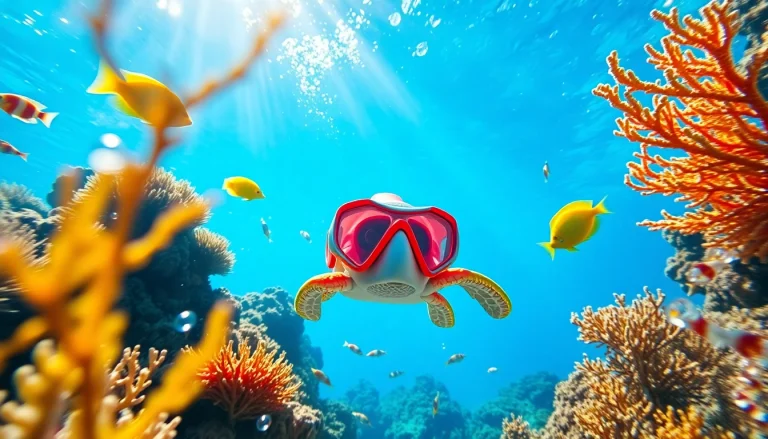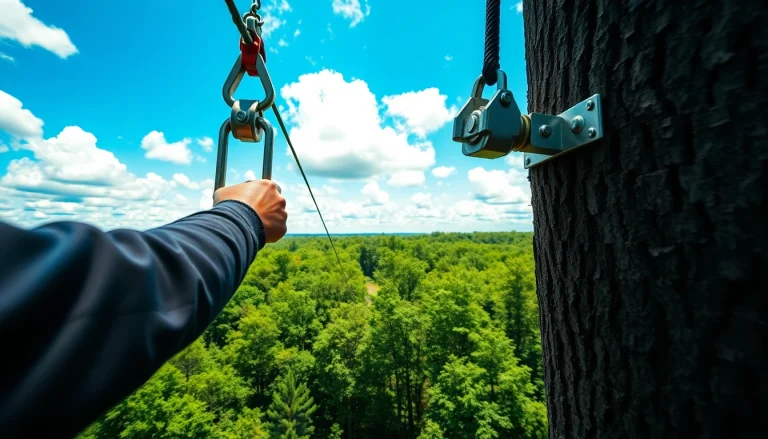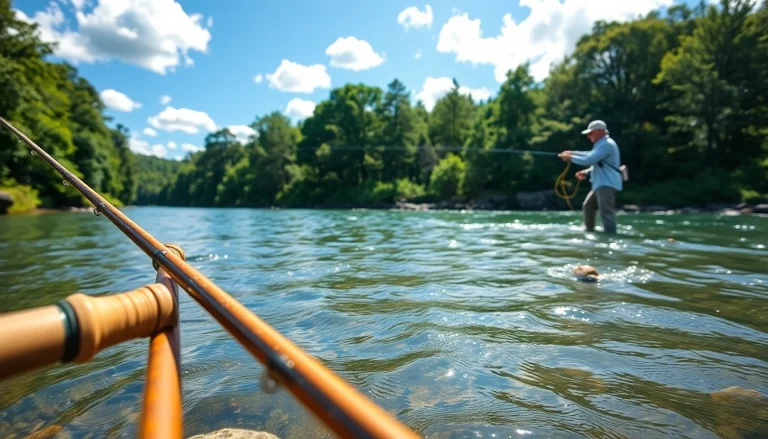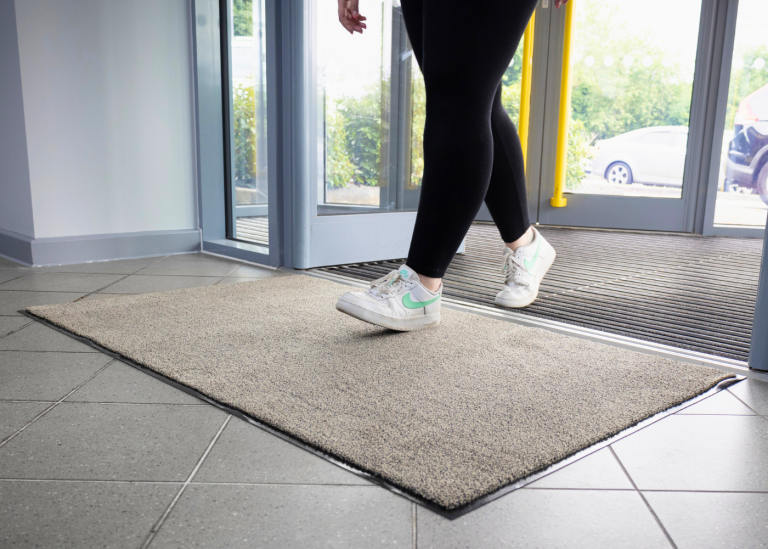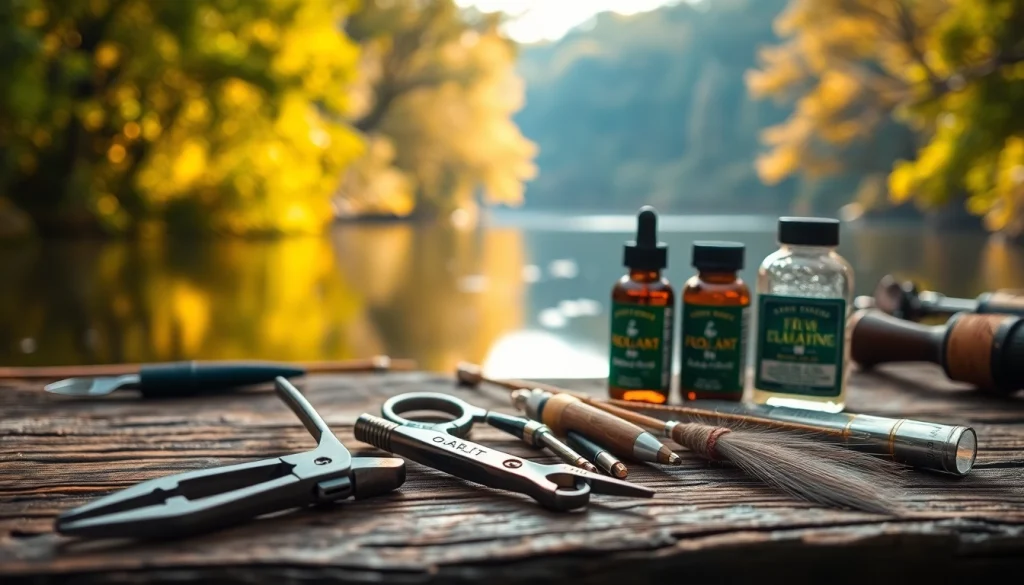
1. Introduction to Fly Fishing Accessories
Fly fishing is a delightful blend of skill, patience, and artistry that involves casting a lightweight lure, known as a fly, to entice fish. To make the most out of each outing, equipping yourself with the right fly fishing accessories is essential. These tools not only enhance your fishing experience but also improve your efficiency on the water. In this extensive guide, we will cover the must-have accessories you need on every fishing trip, along with specialized tools and tips for both beginners and seasoned anglers.
1.1 What are Fly Fishing Accessories?
Fly fishing accessories refer to all tools and equipment that support the angler during the process of fly fishing. These include practical devices that assist in casting, catching, and handling fish, along with items that contribute to the overall comfort and safety of the fisherman. Key accessories range from basic items such as nippers and floatants to more advanced gear like fly boxes and specialized tools.
1.2 Importance in Fly Fishing
Having the right fly fishing accessories is crucial for several reasons:
- Efficiency: The right tools help streamline your fishing process, allowing you to focus more on the action rather than fumbling with faulty gear.
- Safety: Certain accessories, like waders and life jackets, protect against environmental hazards, ensuring your safety while enjoying the sport.
- Improved Technique: Specialized tools can refine your casting and retrieval methods, enhancing your chances of a successful catch.
- Enjoyment: Quality accessories enhance your overall experience, making your time on the water more enjoyable and productive.
1.3 Overview of Key Accessories
In the realm of fly fishing, certain accessories have risen to prominence due to their utility and necessity. Key items include:
- Nippers
- Hemostats
- Floatants
- Fly boxes
- Tippet and leader material
2. Must-Have Fly Fishing Accessories
2.1 Nippers: Essential for Every Angler
Nippers are small scissors specifically designed to cut fishing line. They are an essential tool for any fly angler, allowing quick and efficient line management right on the water. Nippers not only simplify the task of trimming tippet and leader material but often come equipped with features like built-in nail knots or hooks for added convenience.
Anglers should seek nippers that are durable, easy to use, and comfortable to hold. Options range from basic metal types to stylish yet functional ones with ergonomic grips. A good pair of nippers should cost around $15 to $30, but investing in a reliable tool pays off during long days on the water.
2.2 Hemostats: A Fisherman’s Favorite Tool
Hemostats are often overlooked but are invaluable for handling fish safely and effectively. These clamping tools are used to remove hooks from fish mouths without causing injury, making them essential for catch-and-release fishing practices. Hemostats can also be useful for securing and managing leaders and tippets.
When selecting a hemostat, look for ones that are easy to operate with one hand and come with a locking mechanism. Prices can range from $12 to $25, depending on the material and build quality. Many anglers prefer ones with a pointed tip for better precision.
2.3 Floatants: Keeping Flies Afloat
Floatants are critical to keep your flies buoyant on the water’s surface. They provide a thin layer of protection against water absorption, ensuring that your fly remains effective and enticing to fish. Different types of floatants are available, including liquid, gel, and powder formats.
Using floatants properly can dramatically increase your catch rate when fishing with dry flies. A little goes a long way, making floatants relatively inexpensive, typically costing between $6 and $20 depending on the brand and size.
3. Specialty Fly Fishing Tools and Gadgets
3.1 The Role of Tippet and Leader Material
Understanding tippet and leader material is essential for effective fly fishing. The leader is the line connected from the fly line to the fly, while the tippet is a lighter section that ties the fly to the leader. Choosing the right material and thickness based on the fish species and the water type is crucial.
Tippet materials come in various sizes, designated by the X system. A 5X tippet is thinner and more suitable for delicate presentations, while 2X is thicker and designed for large fish. Knowing when and how to use these materials can enhance your ability to catch fish effectively.
3.2 Innovative Accessories to Enhance Your Experience
Modern fly fishing has seen an influx of innovative accessories that aim to enhance the angler’s experience. Some notable gadgets include:
- Magnetic Fly Puck: A handy accessory that keeps flies organized and within reach.
- Hopper Dropper Rigs: A simple way to fish two flies at once, increasing your chances of a catch.
- Waterproof Phone Cases: To protect your gadgets while remaining connected on the water.
Investing in these innovative accessories can help you stay organized and prepared, ultimately leading to a more successful fishing trip.
3.3 Fly Boxes: Organizing Your Gear
Fly boxes play an essential role in keeping your gear organized. With various designs tailored to specific types of flies and fishing styles, selecting the right fly box is crucial. Waterproof options ensure that your flies stay dry and usable, while compartments allow for efficient organization.
Available in sizes ranging from pocket-sized to large, comprehensive kits, fly boxes generally cost between $15 and $50. A well-organized fly box can save time and effort on the water, enabling quicker access to the right flies for varying conditions.
4. Fly Fishing Accessories for Beginners vs. Pros
4.1 Basic Accessories for New Anglers
For those just starting out, the essential fly fishing accessories include a basic setup with:
- A reliable pair of nippers
- A hemostat for handling fish safely
- Some basic fly patterns suited for local waters
- A fly box to organize your flies
- Floatants for dry flies
Beginner anglers should focus on understanding how to use these tools effectively before advancing to more specialized gear. Implementing these basics will set the foundation for successfully catching fish.
4.2 Advanced Tools for Experienced Fishers
Experienced anglers often carry a more comprehensive set of tools to handle various fishing situations. Advanced equipment may include:
- Multiple types of tippets and leaders for different species
- Specialized floatation systems for unique fishing environments
- Advanced fly tying tools for customizing flies
- Multi-functional tools that combine several functions, like line cutters and hook removers
These tools empower seasoned fishers to adapt to different conditions, species, and scenarios, maximizing fishing opportunities.
4.3 Customizing Your Fly Fishing Kit
Ultimately, customizing your fly fishing kit to suit personal preferences and local fish populations can drastically affect performance. Consider factors like the predominant species in your fishing area, technique, and preferences regarding accessibility. Don’t be afraid to personalize your kit with unique accessories that can add value and fun to your fishing experience.
5. Purchasing Fly Fishing Accessories
5.1 Where to Buy High-Quality Accessories
Buying high-quality fly fishing accessories requires a bit of research. Local tackle shops often provide great insight, as experienced staff can guide you toward the best options in terms of local requirements. Additionally, reputable online retailers often offer a broader selection along with customer reviews to guide your purchases.
5.2 Understanding Price Ranges
When it comes to pricing, fly fishing accessories can vary widely based on quality, brand, and purpose. While some essential items can be purchased at a lower cost, investing in high-quality tools is crucial for long-term success. Budgeting an initial investment of $200 to $500 to gather key accessories can yield dividends in performance and durability.
5.3 Tips for Selecting the Right Gear
To select the right gear, consider the following tips:
- Research: Read product reviews and seek recommendations from experienced anglers.
- Trial: If possible, test equipment before purchasing to ensure comfort and usability.
- Match to Environment: Choose tools designed for your specific fishing conditions and species.
By carefully considering the purchase of fly fishing accessories, you can ensure that your gear meets your needs and adds value to your fishing experience.
